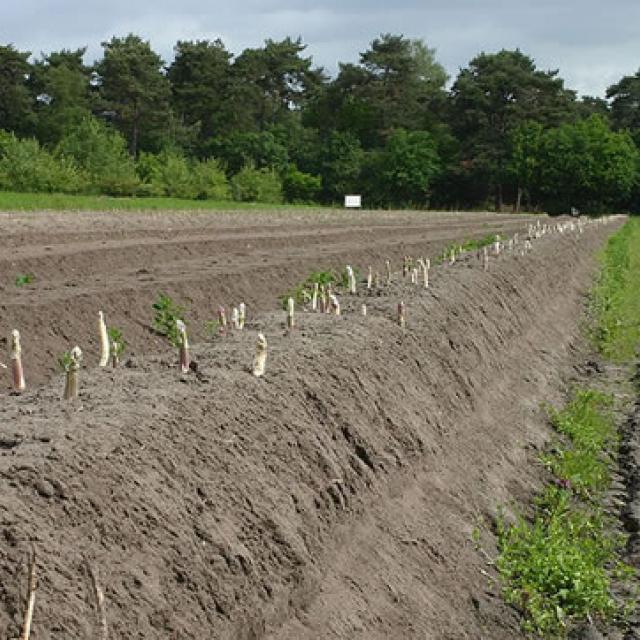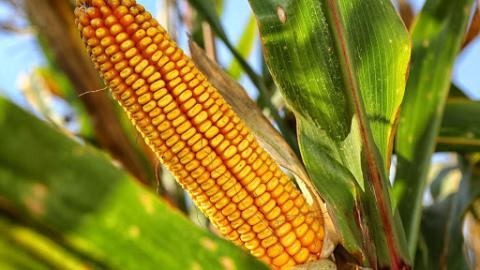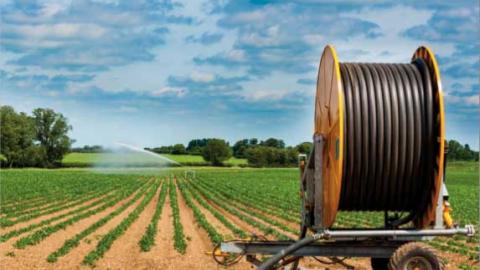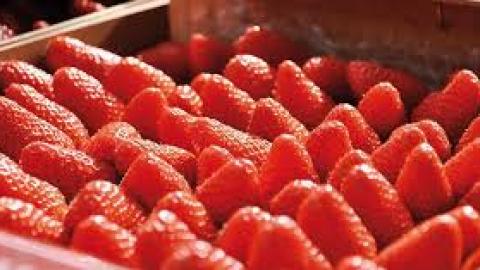Asparagus is, along with the strawberry, the vegetable whose campaign launch was concomitant with the development of the epidemic of Coronavirus Covid-19. Wherever it is cultivated in the world, it is therefore suffering the impact of the pandemic. Update on eight countries among the main producers or consumers.

Italy was the first European country to be affected by Covid-19. "The sharp drop in sales was associated with the drop in selling prices. Faced with the spread of the virus, foreign seasonal workers have returned to their countries of origin, causing crop problems, "says Luciano Trentini, correspondent for the asparagus magazine Asparagus World. And as misfortune never happens alone, producers were faced with the frost in late March.
In Spain, Luís San José, producer of organic white asparagus in Tudela de Duero, Valladolid, says: "This is something we are not prepared for". Sales to restaurants and retailers suddenly stopped. "We have gone from selling 3000 kg per day to 20 kg". Particular attention to hygiene and to the discipline of workers had to be imposed: wearing a mask, limited travel…
In Germany, the lack of seasonal workers, who were not allowed to enter the country until early April due to restrictive regulations, is particularly striking. "All hopes are concentrated on the efforts of the EU and the Federal Minister for Agriculture, who urgently require entry for seasonal workers, otherwise there will be an under-supply on the fruit and vegetable shelves in the coming months, ”says Thomas Kühlwetter, editor-in-chief of the profi Spargel & Erdbeer magazine. These hopes materialized on April 2, with the announcement by the German Ministers of Agriculture and the Interior that 40,000 foreign seasonal workers will be able to work on farms in April and May. According to the agreement between the two ministers, foreign workers must, however, be subjected to a medical examination and remain 14 days separate from other seasonal workers on arrival. Producers are also threatened by the closure of farm restaurants and direct sales, which are highly developed in Germany.
On the other side of the Atlantic, in Canada, "it is now evident that producers will not have seasonal Mexican and Guatemalan workers on their farms, neither in time nor in sufficient quantity. More than 40,000 of them are expected each year across Canada to support the agricultural sector, ”says Amélie Lachapelle, Befve & Co asparagus consultant. Asparagus producers in Ontario and Quebec, the two main producing provinces, are considering all possible scenarios, including that of reducing the area harvested. With the season only starting in May, the industry hopes that the situation will have improved somewhat and that the Canadian consumer will be there.
Consumers in the United States realized the gravity of the situation at the end of March. "People have gone mad by storing 30 days of food at home," said Peter A. Warren, correspondent for Asparagus World. After rumors about the spread of the virus through fruits and vegetables were dispelled, people bought mostly citrus fruits, onions, potatoes, and baby food. “There were mostly Mexican asparagus on the shelves with a nice presentation as well as a few containers from Peru to Florida. Imports from Mexico and Peru since the start of the year were almost the same as last year. But now, Mexican producers are having trouble producing, ”he says.
In Mexico, the 2020 season started in Sonora in late January - early February without any problems. However, the United States, the main customer, is suffering the full force of the Covid-19 crisis with repercussions on the various vegetables, including asparagus. “We don't know how the situation will evolve over the days. The movement of harvesters in the country is very important. If the government enforces restrictions, agriculture can be affected, ”says agronomist Veronica Bartranou.
Peru is adapting to the unexpected global situation. This large asparagus-producing country has many export markets, which were affected by the pandemic differently, as well as several types of asparagus (white or green) and different modes of use (fresh, canned and frozen). Therefore, the fields being harvested in the North are used for conservation, while in the South the asparagus goes to freezing. "Unlike the northern hemisphere, where the season dictates the harvest period, Peru's climate helps regulate production by playing on irrigation," said Ciria Quispe, Befve & Co asparagus consultant.
In Australia, Julie Butler, correspondent for Eurofresh distribution magazine, testifies to the potential impact of the Covid-19 crisis on asparagus production, with the lack of foreign labor and the drop in air freight available for export in Asian markets, especially Japan. "The risk of going without one or the other for the coming season is very concerning and we are looking at every possible way to address it," said Adrian Raffa, President of the Australian Asparagus Council.



